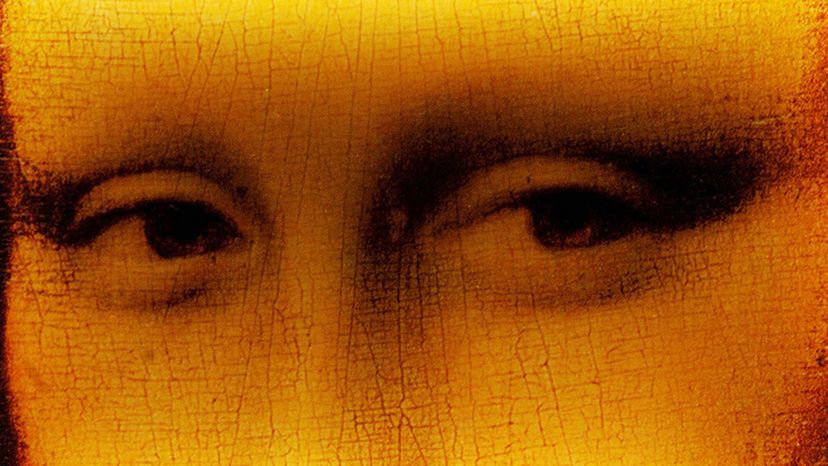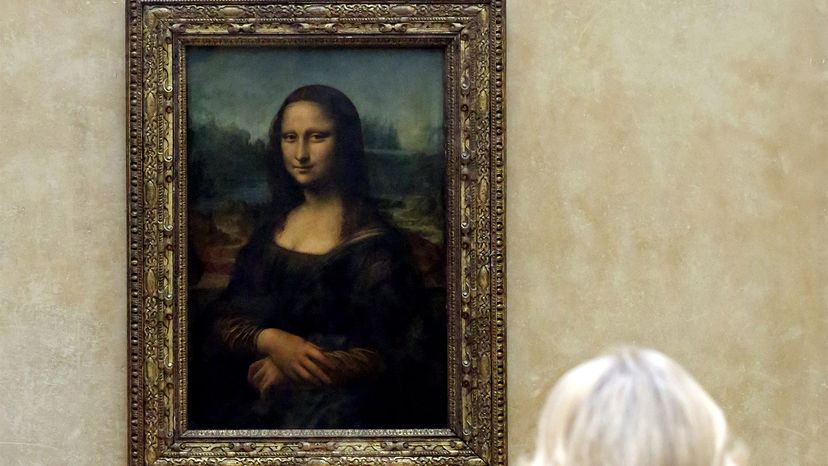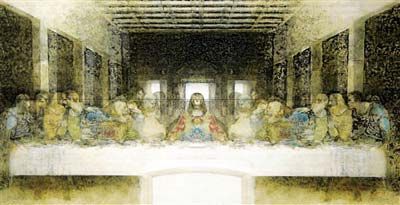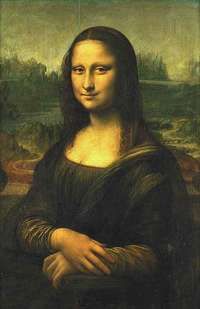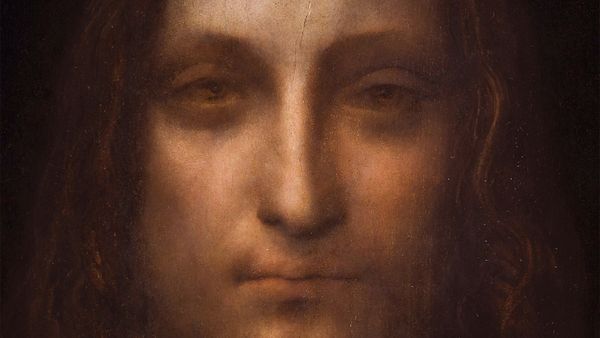While Mona Lisa definitely has a lot going for her in the way of artistic skill level, thematic complexity and unique presentation, she definitely developed the majority of her fan following after an infamous incident at the Louvre.
On Aug. 21, 1911, three young Italian handymen slipped out of the side entrance of the famous French museum with Mona Lisa in tow. The fact that it took 26 hours for anyone to notice she was missing perhaps speaks to the low level of fame the painting had up to that point. Even though da Vinci had created the piece in the early 1500s, critics didn't really take notice until the 1860s, and even then, the positive accolades were few and far between, and exclusively within the art world itself.
But once the portrait went missing, the world took notice in a major way. Newspapers all over the world printed headlines about its disappearance, and people started concocting all kinds of conspiracy theories about the likely robbers (American tycoon J.P. Morgan and famed artist Pablo Picasso were both considered suspects). The Louvre shut down for a week, and when it reopened its doors, scores of people flocked to the museum to see the "mark of shame" (aka the empty spot on the wall) for themselves.
It took 28 months for the lead thief, Vincenzo Perugia, to attempt a re-sale of their stolen merchandise, and an art gallery owner quickly confirmed the item's authenticity with a glance at the stamp on the back. The dealer said he'd make sure Perugia got a reward, and instead, sent the police after him (Perugia pled guilty and served just eight months in prison). And while the painting was returned to its rightful home, people around the world continued to chatter about its disappearance. Over time, they just kept chattering, and these days, Mona Lisa is one of the most famous women in the world, rivaling Beyonce herself.
